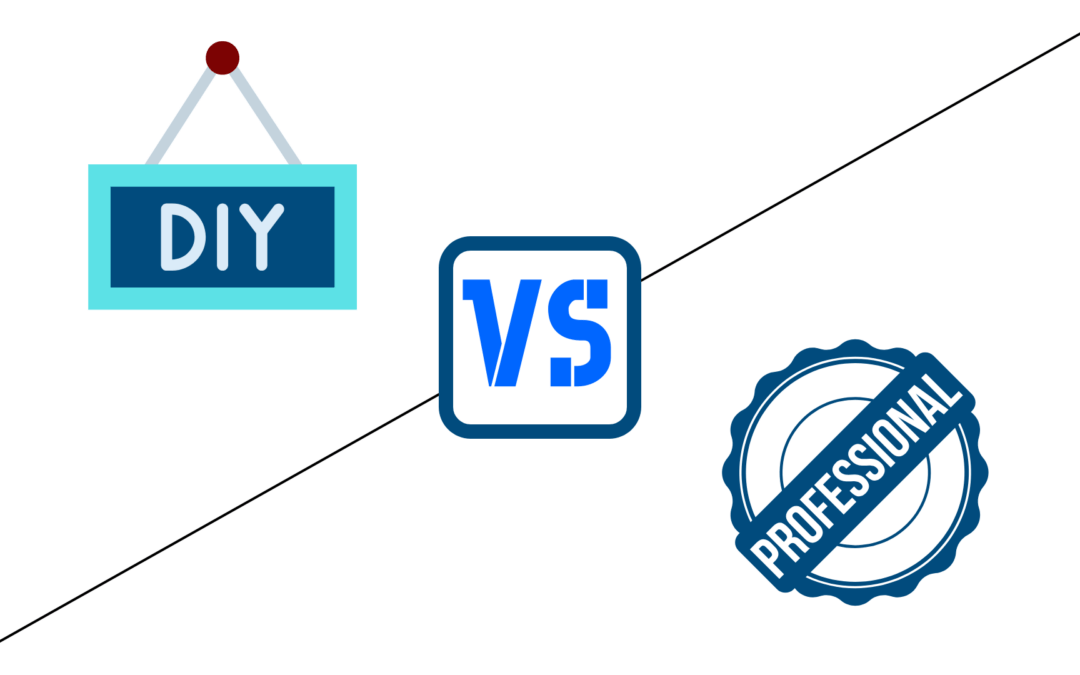With the rise of online tutorials and affordable tools, tackling home improvement projects yourself has never been easier. But while DIY can save money and give you a sense of accomplishment, there are times when hiring a professional is the smarter, safer choice.
This guide will help you decide when to roll up your sleeves and when to call in the experts, as well as highlight tools that make DIY projects easier and more accessible.
Benefits of DIY Projects
1. Cost Savings
DIY eliminates labor costs, often the most expensive part of a project. You’re paying only for materials and tools, making it a budget-friendly option.
2. Learning and Skill Building
Taking on DIY tasks helps you learn new skills and build confidence in your abilities. Over time, you’ll be able to handle more complex projects.
3. Flexibility and Control
You have complete control over the timeline, materials, and design, ensuring the project reflects your personal style.
4. Satisfaction and Accomplishment
There’s nothing quite like the pride of completing a project with your own hands.
Benefits of Hiring a Professional
1. Expertise and Experience
Professionals bring years of training and experience, ensuring the job is done correctly, efficiently, and up to code.
2. Specialized Tools and Equipment
Many tasks require specialized tools that are expensive or impractical for occasional use. Professionals already have the necessary equipment.
3. Safety and Risk Management
For tasks involving electricity, gas, or structural elements, hiring a pro reduces the risk of accidents and ensures safety compliance.
4. Time Savings
Professionals can complete projects faster, which is crucial for large-scale or time-sensitive tasks.
When to DIY
Here are scenarios where DIY is a great choice:
1. Low-Risk Projects
- Painting walls or furniture.
- Replacing cabinet hardware.
- Installing shelves or curtain rods.
- Basic landscaping, like planting flowers or mowing the lawn.
2. Projects with Clear Instructions
- Assembling pre-made furniture.
- Installing peel-and-stick wallpaper or vinyl flooring.
- Minor repairs, such as fixing a leaky faucet or replacing a showerhead.
3. Tasks with Minimal Investment in Tools
- Projects that require basic tools like a screwdriver, hammer, or tape measure are perfect for beginners.
When to Hire a Professional
There are times when calling in an expert is the best course of action:
1. Tasks Involving Safety Risks
- Electrical work, such as rewiring outlets or installing fixtures.
- Plumbing projects, like repairing leaks in main lines or installing water heaters.
- Roof repairs or any work involving high heights.
2. Projects Requiring Permits
- Major structural changes, like removing walls or building additions.
- Installing or replacing HVAC systems.
3. Complex or Precision Work
- Installing tile or custom cabinetry.
- Major landscaping, such as building retaining walls or installing irrigation systems.
Tools That Make DIY Easier
Having the right tools can make a world of difference in your DIY experience. Here are some essentials:
1. Cordless Drill
- A versatile tool for drilling holes and driving screws.
- Perfect for assembling furniture, hanging fixtures, and light construction.
Learn about Hammer Drills here
2. Level
- Ensures your projects are straight and aligned, crucial for hanging shelves or art.
Explore Bubble Levels
3. Utility Knife
- Ideal for cutting materials like drywall, carpet, or packaging.
4. Tape Measure
- Ensures accurate measurements for cutting and fitting materials.
Check out Tape Measures
5. Adjustable Wrench
- Useful for plumbing repairs or assembling furniture.
Discover Adjustable Wrenches
6. Safety Gear
- Safety glasses and gloves protect you during tasks like sanding, cutting, or hammering.
Find Safety Glasses Here
7. Stud Finder
- Helps locate wall studs for securely mounting shelves or heavy items.
8. Oscillating Multi-Tool
- Versatile for cutting, sanding, and scraping in tight spaces.
Balancing DIY and Professional Help
Many projects benefit from a mix of DIY and professional assistance. For example:
- Painting: Prep the space by taping and priming yourself, then hire a pro for the final coat if you want a flawless finish.
- Plumbing: Replace a faucet yourself but call a plumber for work involving pipes or drains.
- Furniture Assembly: Handle straightforward tasks but hire help for custom-built or complex designs.
When DIY Goes Wrong
Even with the best intentions, DIY can occasionally lead to costly mistakes. Some common pitfalls include:
1. Misjudging Skill Level
- Attempting tasks that require advanced skills or precision can result in damage or injury.
2. Using the Wrong Tools
- Without the right tools, projects can take longer and may not yield professional-quality results.
3. Ignoring Safety Precautions
- Skipping steps like turning off power for electrical work or wearing safety gear can lead to accidents.
4. Underestimating Time and Effort
- Some projects are more labor-intensive than they seem, leading to frustration or incomplete work.
Tips for Successful DIY Projects
1. Start Small: Begin with simple projects to build confidence and skills.
2. Research Thoroughly: Watch tutorials, read guides, and understand each step before starting.
3. Invest in Quality Tools: A well-equipped toolbox can make DIY easier and more enjoyable.
4. Know When to Stop: If you feel overwhelmed or stuck, don’t hesitate to call a professional.
Conclusion
The decision to DIY or hire a professional depends on the scope of the project, your skill level, and the risks involved. While DIY can be rewarding and cost-effective, knowing your limits is essential to avoid costly mistakes or safety hazards.
With the right tools and preparation, many projects are well within your reach. For everything else, a trusted professional can save time and ensure the job is done correctly.
Explore our tool spotlight pages for more insights and recommendations to help you tackle your next project with confidence.
